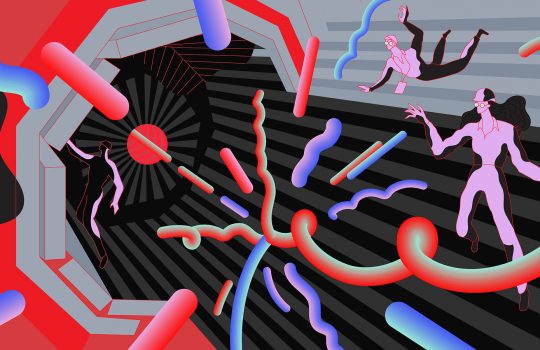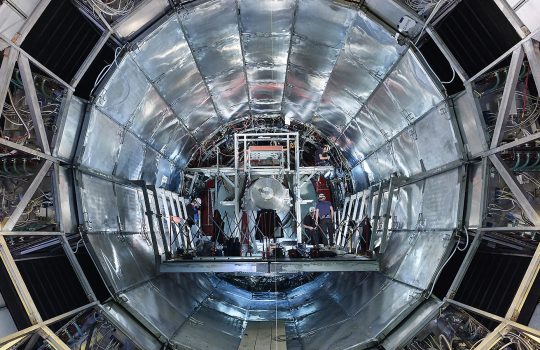Quantum computing meets particle physics for LHC data analysis
From Physics World, April 3, 2020: A collaboration that includes Fermilab scientists is exploring how quantum computing could be used to analyze the vast amount of data produced by experiments on the Large Hadron Collider at CERN. The researchers have shown that a “quantum support vector machine” can help physicists make sense out of the huge amounts of information generated at CERN.


